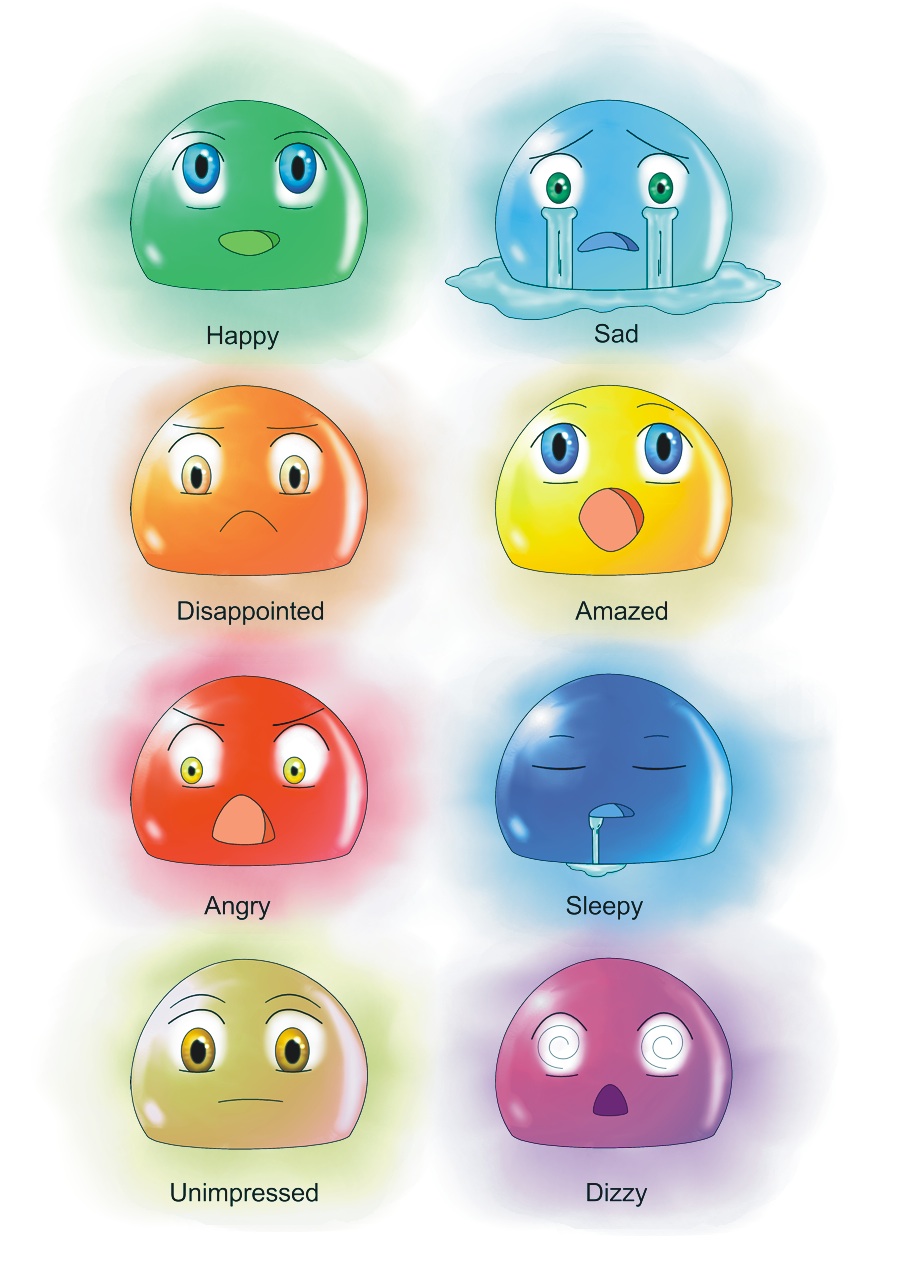
A writer might choose to use more antiquated diction like "thou art" instead of "you are" if they want to create a whimsical mood.Diction: The words that a writer chooses to use (i.e., diction) play a huge part in determining the mood of a piece, in part because different words that mean the same thing can have different connotations.A journalist who makes a jab at a politician might be conveying how they feel about their subject (using a critical tone) while also trying to influence their readers to feel similarly-i.e., creating a mood of anger or outrage.It wouldn't be unusual for a poem with a somber tone to also have a somber mood-i.e., to make the reader feel somber as well.Tone: Tone (or the attitude of piece of writing) is closely related to mood: often, the tone and mood of a piece are similar or the same.A story that has a lot of roses, candlelight, and boxes of chocolates might be trying to establish a romantic mood.A poem that spends a lot of time describing babbling brooks, gentle rolling hills, and herds of sheep might have an idyllic mood.Not every image in a work will be indicative of the story's mood, but images that are repeated or described in detail usually do reflect the mood. Imagery: Imagery is similar to setting in the sense that it helps to establish mood using descriptions of physical things in the world of the story.A story that takes place in a cotton candy kingdom, by contrast, is likely to have a whimsical, cheerful, or light-hearted mood.In the "dark and stormy night" example from above, the story's mood is established almost entirely by the setting (in this case, the weather and the time of day), which makes for a gloomy and potentially even frightening atmosphere.


Setting is one of the first things to be described in a narrative, and therefore plays a major role in establishing the mood.

DIFFERENT MOODS OF POEMS HOW TO
Here's how to pronounce mood: mude Mood Explained Mood is often (and understandably) confused with tone, which is related but different in that tone refers to the attitude of a piece of writing, not its atmosphere.Moods are established gradually over the course of an entire work, so it's often difficult to pinpoint the elements that contribute to a work's mood at the level of the sentence or paragraph.Every piece of writing has a mood-whether it's a masterwork of literature or a short haiku.For instance, a story that begins "It was a dark and stormy night" will probably have an overall dark, ominous, or suspenseful mood.

Every aspect of a piece of writing can influence its mood, from the setting and the imagery to the author's word choice and tone. The mood of a piece of writing is its general atmosphere or emotional complexion-in short, the array of feelings the work evokes in the reader. What is mood? Here’s a quick and simple definition:


 0 kommentar(er)
0 kommentar(er)
